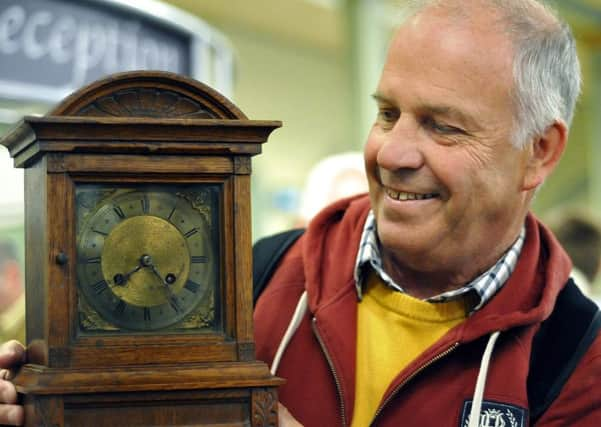Antiques Column with Michael Dowse: Popular clocks have stood the test of time


Manufacture of this clock for carriages was well established in France by the 19th century. The escapement was located on the horizontal platform at the top of the clock, visible through a glazed aperture, similar to those used in watches and unaffected by movement. Makers in Paris assembled the workings of clock and case and stamped their marks on the movement.
Cases were usually rectangular, earliest versions having brass frames cast in one piece, with bevelled glass panels revealing the movement.
Advertisement
Hide AdAdvertisement
Hide AdAfter 1845 makers would assemble cases from several parts, allowing for variety in design, including small (mignomette), full size and giant versions.
The finest cases were gilded and engraved with foliate patterns.
Later a small number were produced with decorative enamel or porcelain panels. Most were sold with carrying cases.
Dials are mostly white enamelled copper with blued steel hands. French Carriage clocks sold in Britain would often have a signature on the dial of a British retailer with serial number and maker’s stamp on the movement. Britain produced a small number of Carriage clocks with plainer, heavier cases, but considered to be of a higher quality.